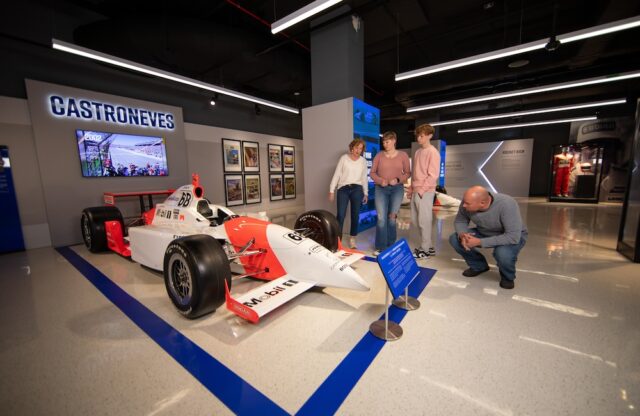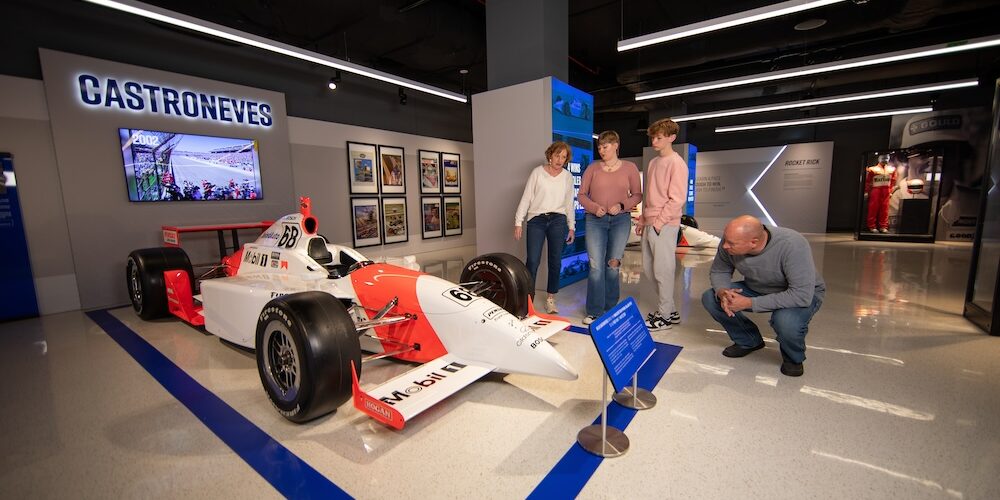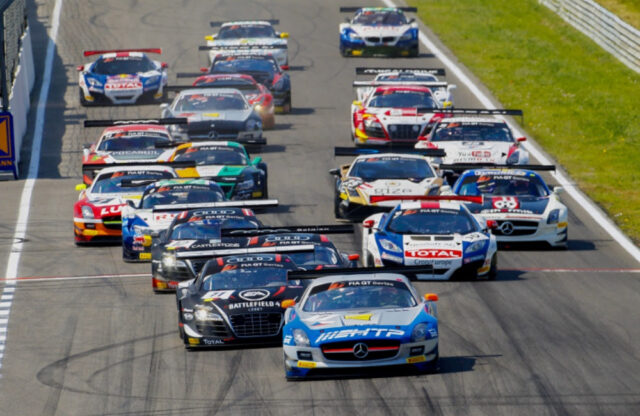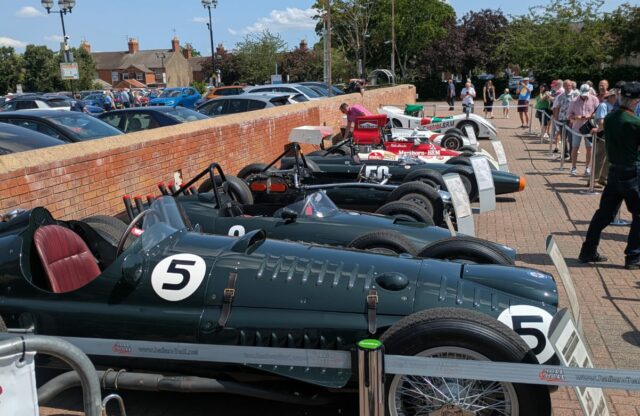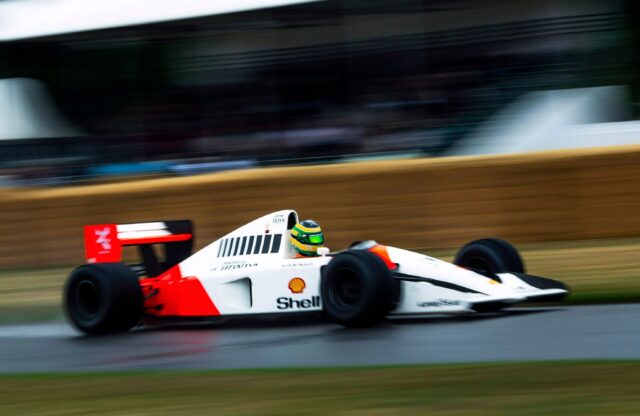The Indianapolis Motor Speedway Museum has reopened after a $60.5 million renovation that has propelled it into the highest echelons of automotive museums.
The facility hit the headlines with the sales of 11 of its non-Indianapolis cars – including the 1954 Mercedes-Benz W196R Streamliner, which sold for €51,155,000 in Germany, and the 1964 Le Mans-winning Ferrari 250 LM, which sold for €34,880,000 in France. In all, over $100m was raised by the sales, but this will be used for the ongoing addition of Indy cars and artefacts (explained here); the $60.5m cost of the renovation came through donations and fundraising.
The Indianapolis Motor Speedway Museum had remained largely unchanged over the past few decades. It was officially opened in 1956 on a non-profit basis, eventually operating under the Indianapolis Motor Speedway Foundation, but its origins can be traced back to 1945, when Anton Hulman Jr bought the Indianapolis Motor Speedway.
Hulman worked with the museum’s first curator Karl Kizer and three-time Indy 500 winner Wilbur Shaw to save the speedway and revive the Indianapolis 500. After Shaw’s death in 1954, Hulman formally opened the museum to showcase historic race cars and memorabilia. Initially, there were a mere 12 cars on display.
By the time it was closed for refurbishment in 2024, it housed more than 55,000 artefacts and over 300 vehicles – and was attracting 140,000-plus visitors a year.
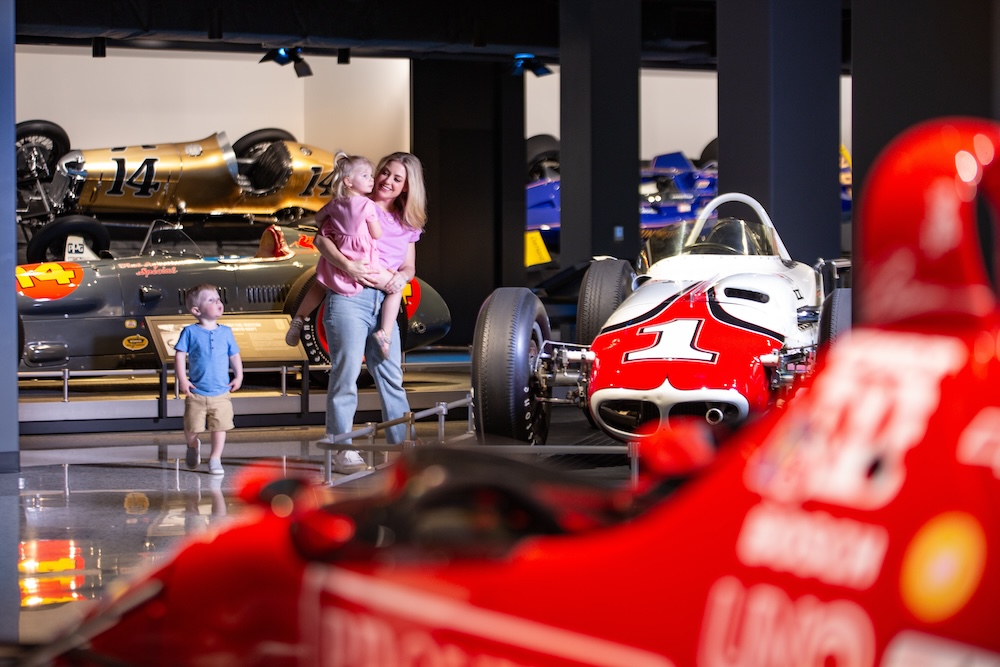
The refurbishment gives visitors more of a journey through the museum, adding a new mezzanine and opening up the previously restricted access basement area. There’s also a much greater emphasis on visitor interaction and experience, and STEAM (science, technology, engineering, arts and mathematics) education.
From what was basically a single collection of cars, not all of them related to the Indy 500, the museum now consists of seven permanent and three rotating galleries, the Starting Line Experience immersive video space to showcase the lead-up to the start of the 500, state-of-the art racing simulators and a pitstop challenge for guests to learn the tools and equipment of the racing trade.
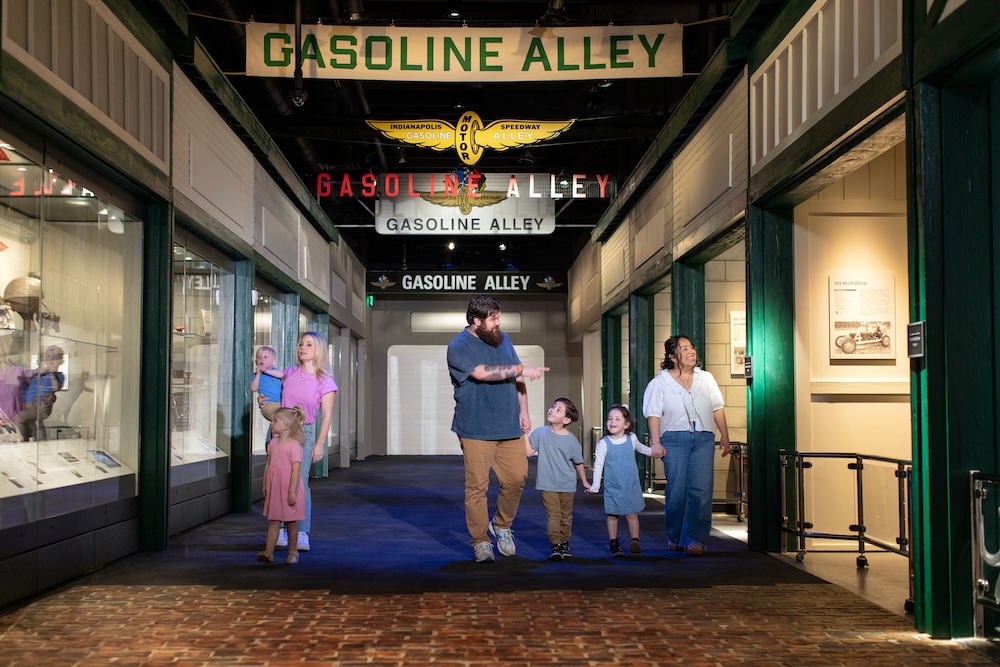
The galleries include Gasoline Alley, featuring seven garages, each one representing different eras of the Indianapolis Motor Speedway. Opposite each garage are extra artefacts relating to that era, including the original 1909 Articles of Incorporation for the Indianapolis Motor Speedway Company and the bucket hat that Janet Guthrie wore in 1978 when she finished ninth in the Indianapolis 500.
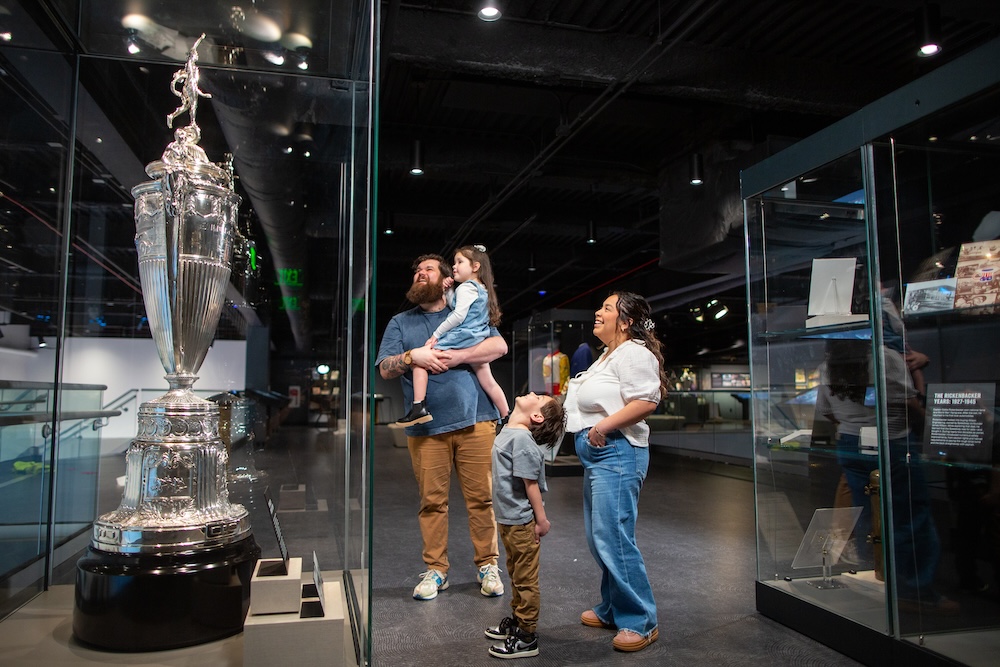
There’s also the Indianapolis 500 Winners’ Gallery, based on two levels and featuring winning cars from the 1911 Marmon Wasp to Dan Wheldon’s 2011 William Rast Dallara. Above it is the oval-shaped mezzanine, where more of the circuit’s story is told via artefacts and interactive booths.
Museum owner and legendary team owner Roger Penske’s remarkable story is told in the Penske Gallery, and the Bobby Rahal Family Gallery will host rotating exhibitions. The first is NASCAR at the Speedway, featuring eight victorious cars including Jeff Gordon’s 1994 winner, Dale Earnhardt’s 1995 winner and Jimmie Johnson’s 2006 winner. Nearby, The Chip Ganassi Gallery showcases the four-time winners of the Indy 500.

In addition to all this there’s the Track Lounge, where visitors can book a tour of the track, the Qualifying Zone interactive area and the Innovation Workshop.
Crucially, the museum counts all this as phase one in the renovation. It’s come in on time and under budget by almost $9m, but the overall fundraising aim was always to raise $89m in total. As the remaining funds come in, phase two will begin, concentrating on a restoration workshop where visitors will be able to view ongoing work on historic exhibits.
“We’re still fundraising,” museum president Joe Hale told Magneto. “We continue to get people who want to support this project. They realise how important it is. I mean, I don’t care where you go in the world, when you mention Indianapolis, typically it’s related to the Indianapolis 500: it’s iconic, and that’s what brings people here to our museum.”
“Fundraising for a not-for-profit is like a race without a finish line,” added museum chairman Chuck Jones. “It never stops, because once we have the funding to build the museum, then we have to operate the museum. But for the construction of the museum, we’ve largely achieved our goals.”
For more information, visit the Indianapolis Motor Speedway Museum website here.
